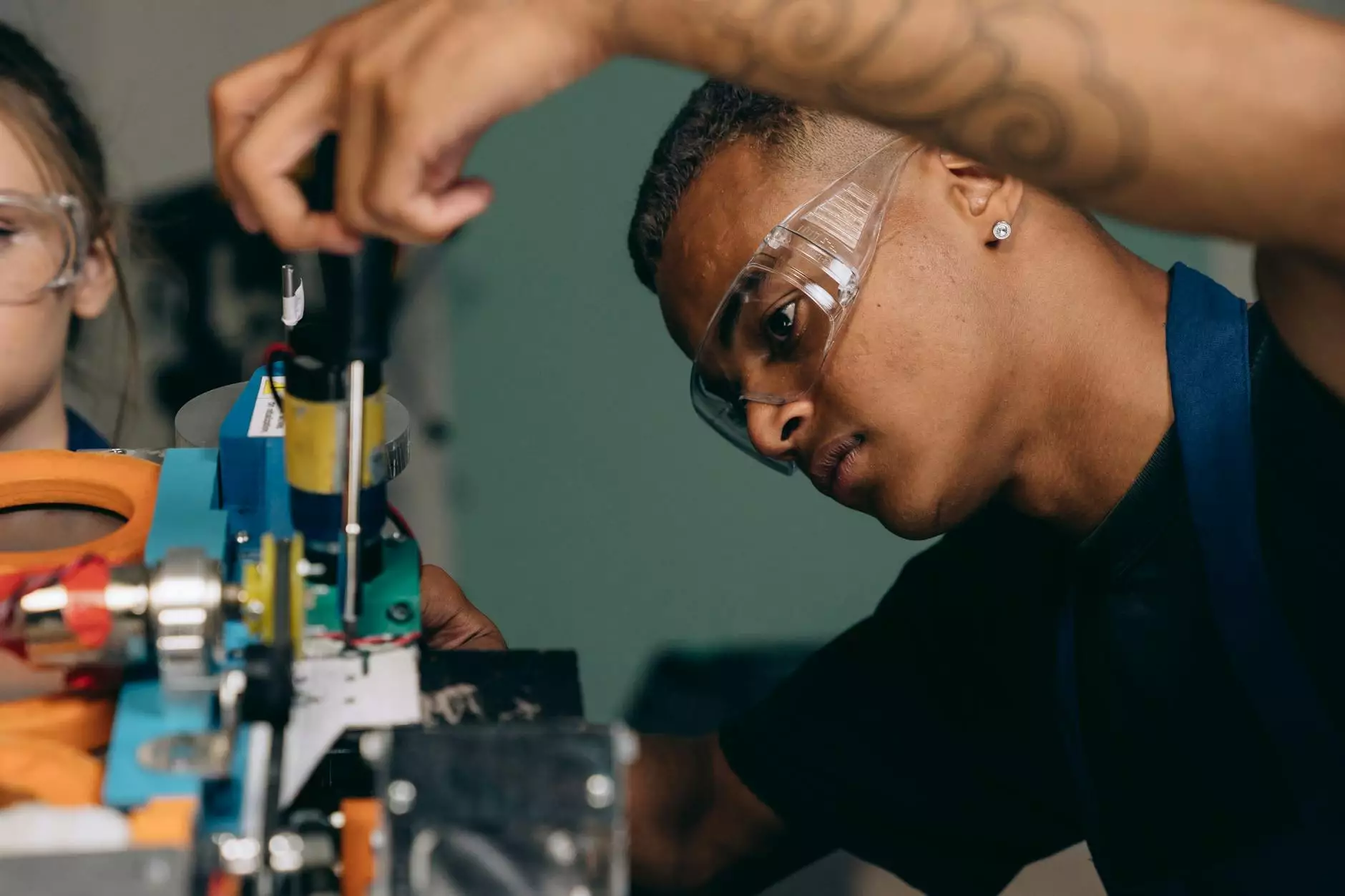Postnatal Pilates for Diastasis Recti: A Comprehensive Guide

After giving birth, many women face physical challenges that can affect their daily lives and overall well-being. One common issue is diastasis recti, a condition characterized by the separation of the abdominal muscles. Fortunately, postnatal pilates offers effective strategies to help address this condition, enhancing recovery and promoting core strength.
Understanding Diastasis Recti
Diastasis recti occurs when the left and right sides of the rectus abdominis muscle separate during pregnancy, leading to a gap in the midline of the abdomen. This condition affects a significant number of women post-delivery, and it can result in both physical and emotional challenges, including:
- Weakness in core stability
- Posture issues
- Back pain
- Difficulty with everyday activities
Understanding this condition is critical for new mothers to seek appropriate treatment and exercise options. Postnatal pilates is one of the most recommended approaches to rehabilitate the core safely and effectively.
The Role of Postnatal Pilates in Recovery
Postnatal pilates emphasizes gentle, controlled movements that focus on strengthening the core muscles without putting excessive strain on the body. Here are some key benefits of postnatal pilates for women dealing with diastasis recti:
1. Core Strengthening
One of the primary goals of postnatal pilates is to strengthen the core. By targeting the transverse abdominis, this form of exercise helps provide the deep support required for the spine and internal organs.
2. Improved Posture
After childbirth, many women adopt compensatory postures due to physical changes. Postnatal pilates helps to realign the body and promotes optimal posture, which can alleviate back pain and improve overall body mechanics.
3. Safe and Effective Movement
Postnatal pilates is designed to be safe for new mothers. The emphasis on controlled movements reduces the risk of injury while promoting healing. This is particularly important for women with diastasis recti, as traditional abdominal exercises can exacerbate the condition.
4. Increased Mind-Body Connection
The practice encourages a greater awareness of one’s body, which can help in recognizing safe movements and enhancing coordination. This mind-body connection plays a vital role in recovery and effective exercise.
Essential Postnatal Pilates Exercises for Diastasis Recti
The following postnatal pilates exercises are specifically designed to strengthen the core and help manage diastasis recti. Always consult with a healthcare professional before beginning any new exercise program.
1. Breath Work
Breath work is a fundamental component of pilates. It helps to activate the deep core muscles. Here’s how to practice:
- Lie on your back with your knees bent and feet flat on the floor.
- Place your hands on your belly and take a deep breath in, expanding your abdomen.
- As you exhale, gently pull your belly button towards your spine, engaging your core.
2. Pelvic Tilts
This exercise strengthens the pelvic floor and engages the deep abdominal muscles:
- Start in the same position as the breath work.
- Inhale and arch your lower back slightly, allowing your belly to rise.
- Exhale and flatten your back into the floor, feeling the engagement of your core.
3. Heel Slides
Heel slides help mobilize the hips while engaging the core:
- Lie on your back with your knees bent.
- Engage your core and slide one heel away from your body, keeping the knee bent.
- Return the heel to the starting position and alternate legs.
4. Modified Plank
A strong core is crucial for stability, and modified planks are excellent for achieving this:
- Start on your hands and knees, shoulders over wrists.
- Step back one knee at a time, keeping your core engaged.
- Hold for a few seconds and return to the starting position.
5. Side-Lying Leg Lifts
This exercise targets the obliques and hip muscles:
- Lie on your side with your bottom arm supporting your head.
- Keep your legs straight and lift the top leg to about hip height.
- Lower the leg back down slowly and repeat.
Incorporating Postnatal Pilates into Your Routine
Integrating postnatal pilates into your recovery routine can make a significant difference in addressing diastasis recti. Here are some tips for success:
1. Start Slowly
Begin with short sessions, focusing on form and breathing. As your strength improves, gradually increase the duration and intensity of your workouts.
2. Consistency is Key
Regular practice is crucial for seeing results. Aim for at least three sessions per week to build strength and stability.
3. Listen to Your Body
Pay attention to how your body feels during and after exercise. If you experience pain or discomfort, consult a healthcare professional.
4. Join a Class
Consider joining a postnatal pilates class led by a qualified instructor who specializes in working with mothers. This can provide guidance and support as you work towards recovery.
The Importance of Professional Guidance
While many women can safely practice postnatal pilates on their own, it's wise to seek professional guidance, especially if you have any concerns about diastasis recti or other postpartum issues. Qualified physical therapists or pilates instructors can tailor programs specifically for your needs and ensure correct technique, which is critical for effective recovery.
Final Thoughts
In conclusion, postnatal pilates for diastasis recti emerges as a powerful tool in empowering new mothers on their journey to recovery. It not only addresses physical concerns but also fosters a sense of community and support among women who share similar experiences. By incorporating these exercises into your daily routine and seeking professional guidance when needed, you can take significant steps towards restoring core strength and overall well-being in the postpartum period.
Embrace the journey of motherhood with strength and confidence through postnatal pilates!
postnatal pilates diastasis recti








